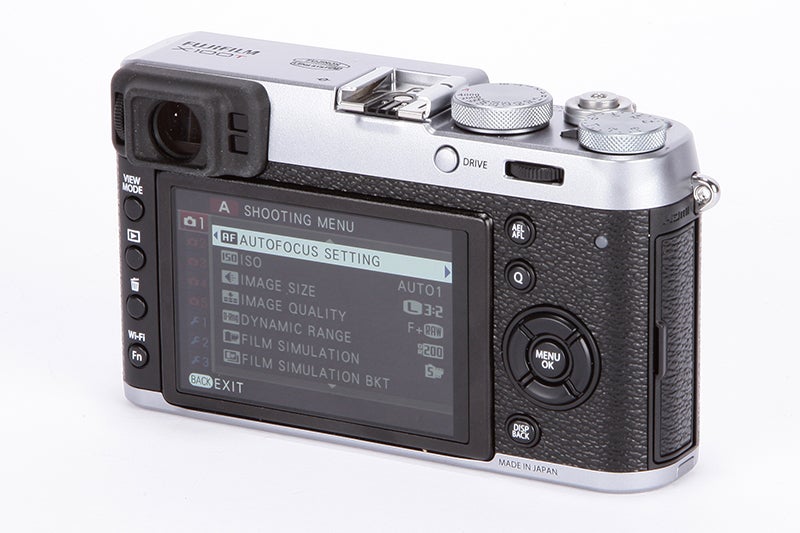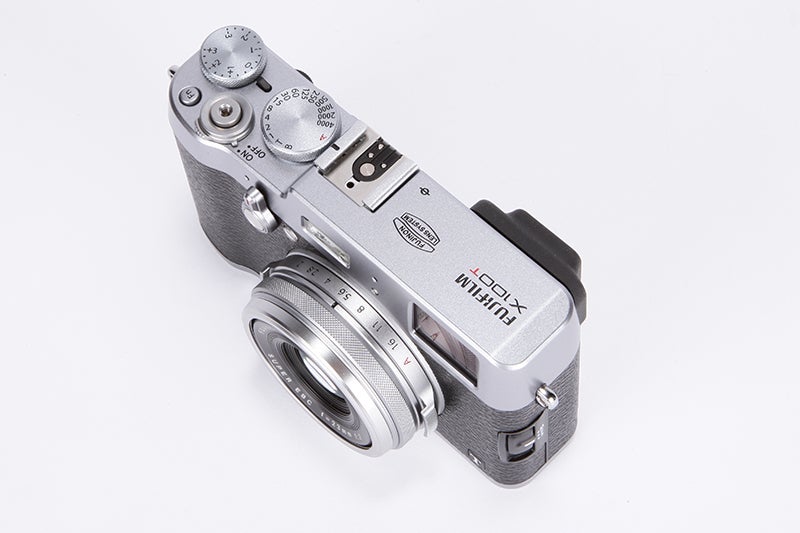We find out if the Fujifilm X100T is anything more than a cosmetic update in our Fujifilm X100T review
Fujifilm X100T Review
Fujifilm X100T Review – Performance
 We liked the X100S a lot, so when Fujifilm remarked that the X100T would produce the same level of image quality we were rather pleased. Having used both cameras, we can confirm that Fujifilm’s claim does appear to be true. It’s hardly surprising considering the imaging core—the sensor and lens—remains unchanged.
We liked the X100S a lot, so when Fujifilm remarked that the X100T would produce the same level of image quality we were rather pleased. Having used both cameras, we can confirm that Fujifilm’s claim does appear to be true. It’s hardly surprising considering the imaging core—the sensor and lens—remains unchanged.
You could, if you wanted, pick at the sharpness of the 28-112mm 35mm equivalent optic, which does get a little softer at close focus distances and when using large apertures. It’s not pronounced enough to be of concern in any situation other than shooting macro (for which we’d advise not venturing any wider than f/4).
What’s slightly more troubling about the lens is its tendency towards producing veiling flare when dealing with bright light sources that are just outside frame. Use of a lens hood is advisable, though spending £70 on Fujifilm’s screw-on adapter ring is not – pick up a cheap third party version instead.
 In its native ISO range the X100T handles itself impressively. At a glance, ISO 200 and 1600 don’t look a whole lot different from one another, and quality is still perfectly acceptable at ISO 3200 and 6400 as well. Once you push beyond into the extended settings, however, it’s a bit of a different story. This is where the curious decision with regard to raw files we mentioned earlier really gets irritating – the fact that you can’t record raw files at the extended ISOs of 12,800 to 51,200 means you can’t effectively apply your own processing to clean them up after the fact, making these settings effectively useless. Like we said, an odd decision.
In its native ISO range the X100T handles itself impressively. At a glance, ISO 200 and 1600 don’t look a whole lot different from one another, and quality is still perfectly acceptable at ISO 3200 and 6400 as well. Once you push beyond into the extended settings, however, it’s a bit of a different story. This is where the curious decision with regard to raw files we mentioned earlier really gets irritating – the fact that you can’t record raw files at the extended ISOs of 12,800 to 51,200 means you can’t effectively apply your own processing to clean them up after the fact, making these settings effectively useless. Like we said, an odd decision.
Still, it’s important not to lose perspective. At the ISO settings most photographers will use most of the time, the Fujifilm X100T produces lovely images and in particular maintains the lovely colours that are something of a Fujifilm trademark (more on those later). ISO 6400 and the f/2 lens prove a very capable combination in reasonably low light as well.
 As we mentioned earlier, by default one of the top Fn buttons is set to activate the X100T’s movie recording mode. It captures video in full HD 1920×1080 resolution at up to 60fps and offers full exposure controls and a port for an external mic. All sounds fine and dandy, but the lack of image stabilisation makes handheld footage startlingly jerky and unpleasant. Honestly though, we doubt there are many people out there who have bought an X-series camera specifically to shoot video – if video is your bag then there are plenty of much, much better options on the market right now. [links]
As we mentioned earlier, by default one of the top Fn buttons is set to activate the X100T’s movie recording mode. It captures video in full HD 1920×1080 resolution at up to 60fps and offers full exposure controls and a port for an external mic. All sounds fine and dandy, but the lack of image stabilisation makes handheld footage startlingly jerky and unpleasant. Honestly though, we doubt there are many people out there who have bought an X-series camera specifically to shoot video – if video is your bag then there are plenty of much, much better options on the market right now. [links]




